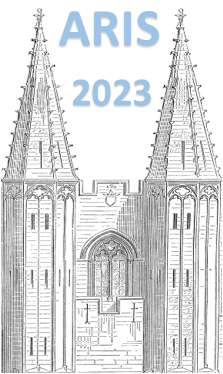Orateur
Description
Disentangling the different components and astrophysical sites of various nucleosynthesis processes is challenging for many reasons. Observations of metal-poor stars currently provide some of the cleanest signatures of the rapid neutron-capture process (r-process) but are sparse. Isotopic analyses of presolar grains originating from Asymptotic Giant Branch (AGB) stars give strong insight into the slow neutron-capture process (s-process) but rely on assumptions that the grains are unaltered between formation and laboratory analysis. To correctly interpret such observations, the nuclear physics in nucleosynthesis models need to be accurate and of high enough precision. Currently the characteristic fingerprints of different processes only loosely constrain the astrophysical conditions under which the elements form. In the recent past, significant advancements in constraining the nuclear physics uncertainties, together with increased availability of ‘ground-truth’ data have improved our understanding of how the elements are made in the cosmos.

